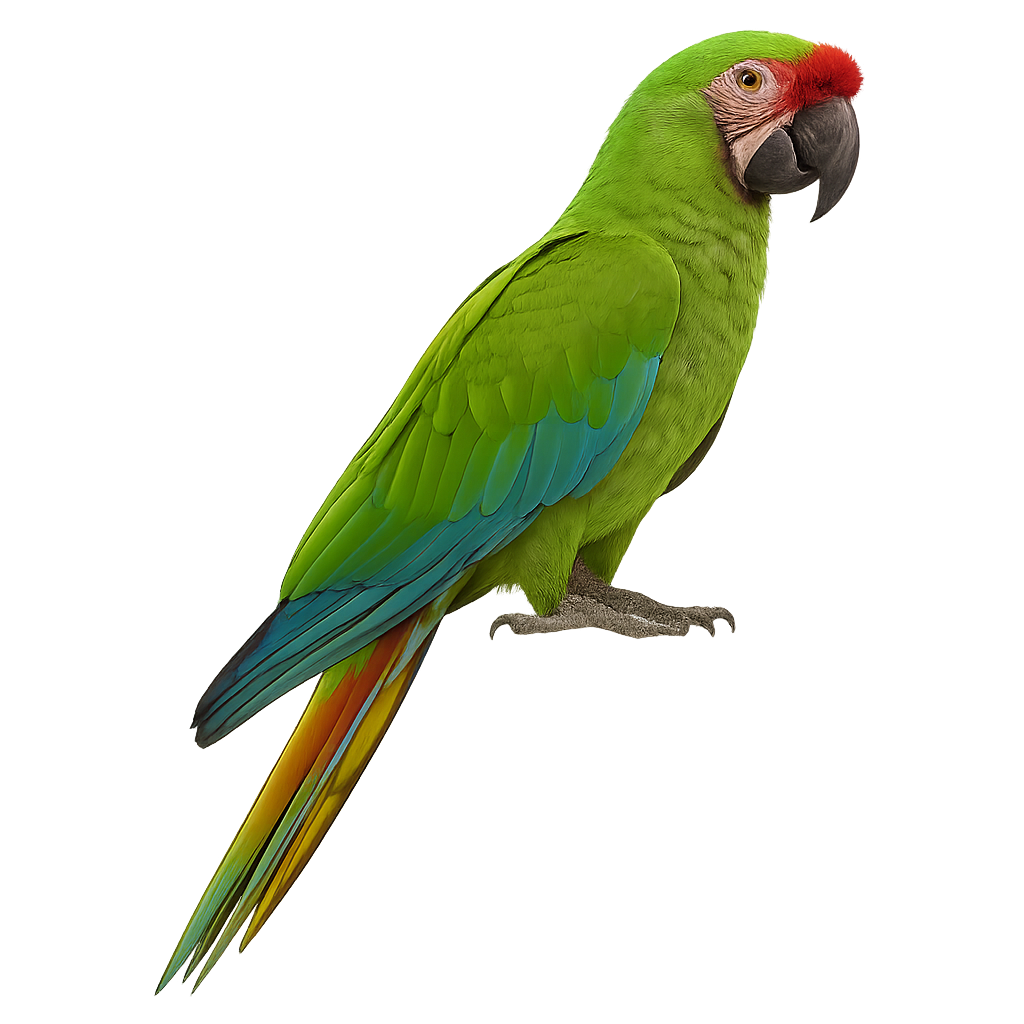Your wildlife photography guide.
Explore the great green macaw in detail, study its behavior, prepare your shots.
Where to observe and photograph the great green macaw in the wild
Learn where and when to spot the great green macaw in the wild, how to identify the species based on distinctive features, and what natural environments it inhabits. The WildlifePhotographer app offers tailored photography tips that reflect the great green macaw’s behavior, helping you capture better wildlife images. Explore the full species profile for key information including description, habitat, active periods, and approach techniques.
Great green macaw
Scientific name: Ara ambiguus

IUCN Status: Endangered
Family: PSITACIDAE
Group: Birds
Sensitivity to human approach: Suspicious
Minimum approach distance: 50 m
Courtship display: December to March
Incubation: 26-28 jours
Hatchings: December to April
Habitat:
Tropical and subtropical forests of Central America, mainly in Costa Rica, Nicaragua, and Panama
Activity period :
Primarily active during the day, with peak activity in the morning and late afternoon.
Identification and description:
The Great Green Macaw is a large, colorful, and majestic parrot known for its vibrant green plumage, with touches of blue, yellow, and red on the wings and face. It measures about 85 to 95 cm in length, with a wingspan of 1.2 to 1.4 meters, and weighs between 900 and 1,200 g. Its dominant green plumage is complemented by blue feathers on the wings and red around the face and chest. The Great Green Macaw primarily inhabits the tropical rainforests of Central and South America, notably in Colombia, Venezuela, Panama, Costa Rica, and Nicaragua. It feeds mainly on fruits, nuts, seeds, and flowers. This parrot is highly social and typically lives in family or small groups, but can also be seen in large flocks in its natural habitat. Although the Great Green Macaw is not yet immediately endangered, it faces threats such as habitat loss, illegal wildlife trade, and deforestation.
Recommended lens:
400 mm – adjust based on distance, desired framing (portrait or habitat), and approach conditions.
Photography tips:
Use a telephoto lens to photograph the great green macaw, especially in flight or perched in tropical forests.
Soft morning or evening light is ideal for capturing the brilliance of its colorful feathers.
Be discreet and respect its space, especially during the breeding season, to avoid disrupting its natural behavior.
IUCN status: Endangered. Protect its forest habitat and minimize human disturbance.
The WildlifePhotographer App is coming soon!
Be the first to explore the best nature spots, track rutting seasons, log your observations, and observe more wildlife.
Already 1 432 wildlife lovers subscribed worldwide

